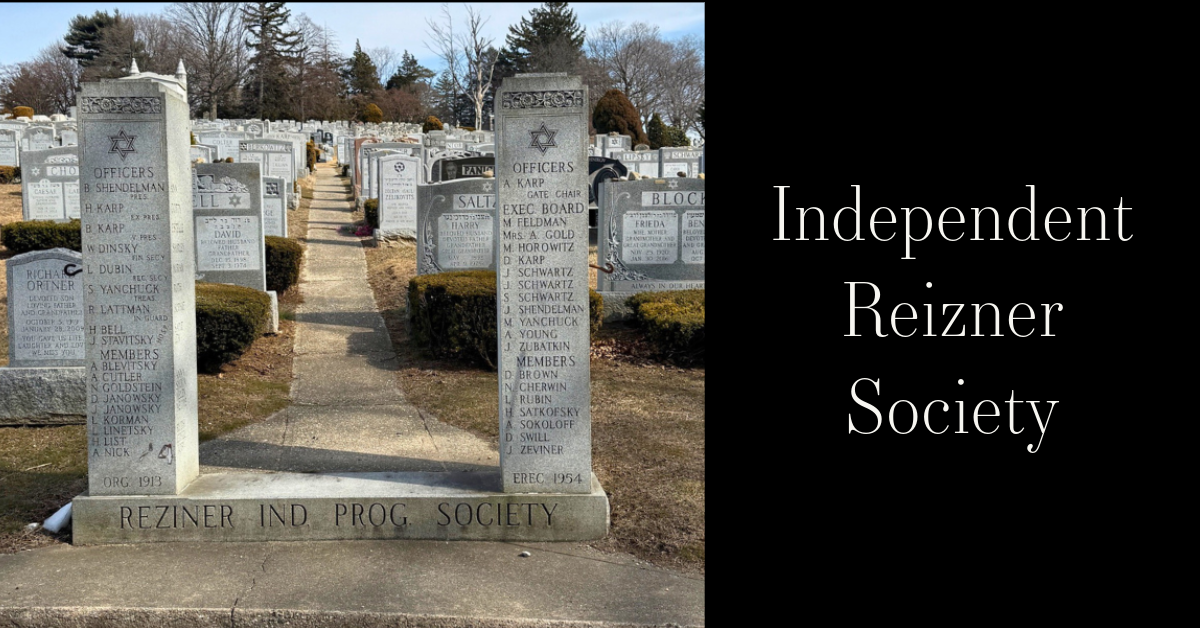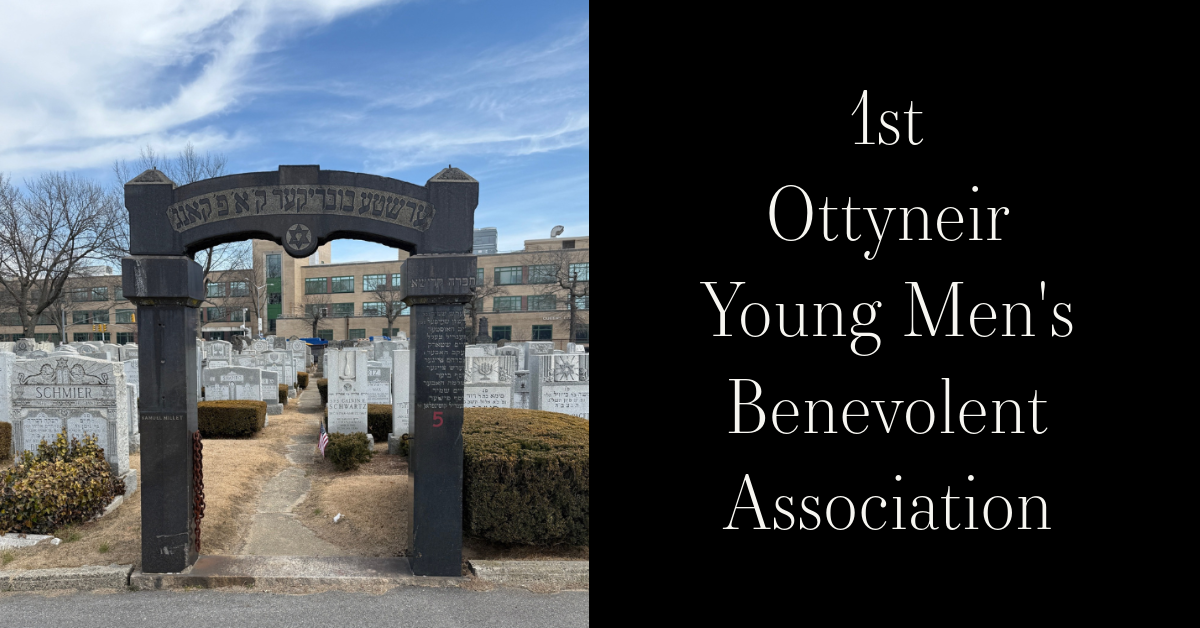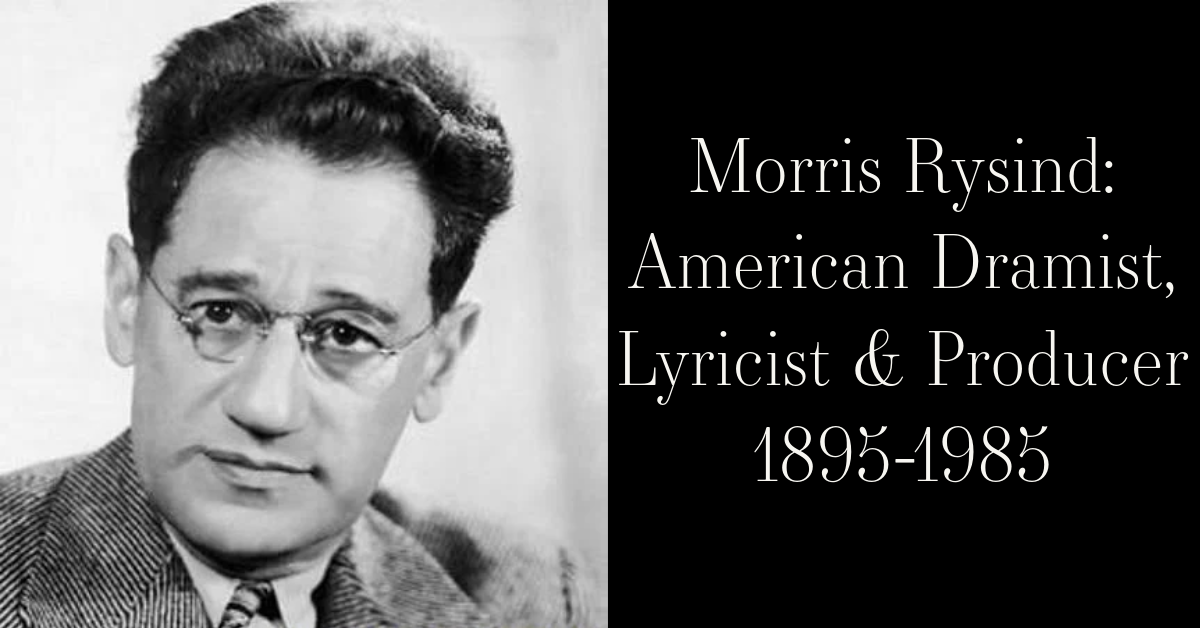Story Summary:
The first Radomer Congregation was founded in New York in 1903 by immigrants from Radom, Poland. In 1917, the society founded the United Radomer Relief for U.S. and Canada. Although they began residing in the town in the 1560s, permission to do so was repeatedly revoked. It was not until 1814 that the Jews of Radom were able to live and move freely within the town. The community was then able to establish itself more concretely, beginning the works for a cemetery, a synagogue, a hospital, and other communal institutions. The Jewish community made their living in the trade, artisan, and banking professions. They also facilitated and contributed to the industrialization of the town through an influx of factories. Many left Radom and Poland in the 1930s due to pogroms and a worsening economy. Following the German invasion in 1939, almost 32,000 Jews (Radom and neighboring towns) perished in the Holocaust. In 1965, only 7 of Radom's Jews remained in the town.
1st Radomer Congregation
The first Radomer Congregation was founded in New York in 1903 by immigrants from Radom, Poland. The society maintained a synagogue and provided assistance to European refugees during World War II. In 1917, the society founded the United Radomer Relief for U.S. and Canada. The members participated in a number of activities, such as the publication of the “Voice of Radom” newsletter.
It is documented that Jews first began settling in Radom around the 1560s. However, permission to reside in Radom was repeatedly revoked (1633, 1724, and 1746), and as a result many moved to the suburbs. It is recorded that in 1765, there were about 70 Jews inhabiting the area. In 1798, they were permitted to reside in Radom, but only within a designated quarter established by Aleksander Potkanski (this restriction was lifted by 1814). With freedom to move about in the town, the Jewish community was able to plant their communal roots. In 1831, a choleric cemetery was formed, and in 1884, a synagogue was established. After 1837, the cemetery transitioned to a communal burial cemetery. Additional institutions such as a hospital (1847) and an old-age home (1913) were established in Radom. A yeshiva was established in 1908 along with prayer houses, and a library, which facilitated the religious and educational growth of the community. Additionally, a number of daily/weekly newspapers were published in Radom, such as the Radomer Tsaytung. Records show that in 1815 there were about 413 Jews in Radom. The Jewish population of Radom continued to grow, with 1495 Jews in 1856, 11,277 in 1897, and 25,159 in 1931.
The Jewish community of Radom contributed greatly to the overall development of commerce and industry of the town. After the ban on Jewish economic activity was lifted in 1841, Radom flourished industrially. Many factories for the production of building materials, soap, candles, and fertilizers began to open. The Jews of Radom were also very involved in the banking sector of the town. The Credit Cooperation for Trade and Craft was one of eighteen Jewish banks (closed in 1933 due to internal embezzlement). Jewish traders and artisans made profit by trading materials such as leather and paper, and working as carpenters, hairdressers, jewelers, and tailors.
Poland’s struggling economy, and increased pogroms caused many to travel overseas to North/South America, England, France, etc. The September Campaign, which occurred in 1939 and marked the German invasion, resulted in the displacement of over 2000 Jews. In December of 1939, the Radom Judenrat was established, with Josef Diamant appointed as leader. By 1940, multiple labor camps had been established in Radom. In August of 1940, about 2270 Jews were deported to the labor camp in Lublin. The ghetto (1941) was recorded to have held about 32,000 displaced Jews (from Radom and other areas such as Masovia).
In February 1942, about 40 Jews were killed and many were deported to Auschwitz. In April, 70 more were killed, with another several dozen deported. Executions and deportations to Auschwitz and Treblinka continued, totalling to ~30,000. The remaining Jews were sent to the labor camp on Szwarlikowska Street. Those who managed to escape the camps went on to form partisan resistance groups, and partake in the Warsaw uprising of 1943. In July 1944, the Jews who were transferred to the Szwarlikowska camp were deported to Auschwitz. Those who survived witnessed liberation on January 16, 1945. After the war, about 180 Jews returned to Radom. In 1965, only 7 Jews remained in Radom.
https://collections.yadvashem.org/en/documents/3697342
http://www.yivoarchives.org/index.php?p=collections/controlcard&id=33405
https://www.jewishvirtuallibrary.org/radom
https://sztetl.org.pl/en/towns/r/601-radom/99-history/137920-history-of-community
~Blog by Olivia Scanlon






























